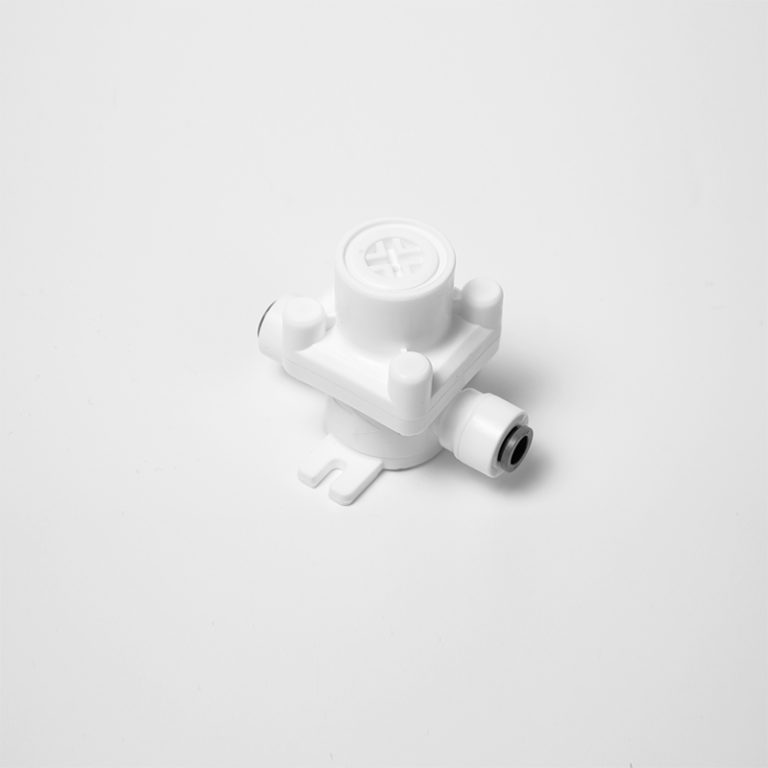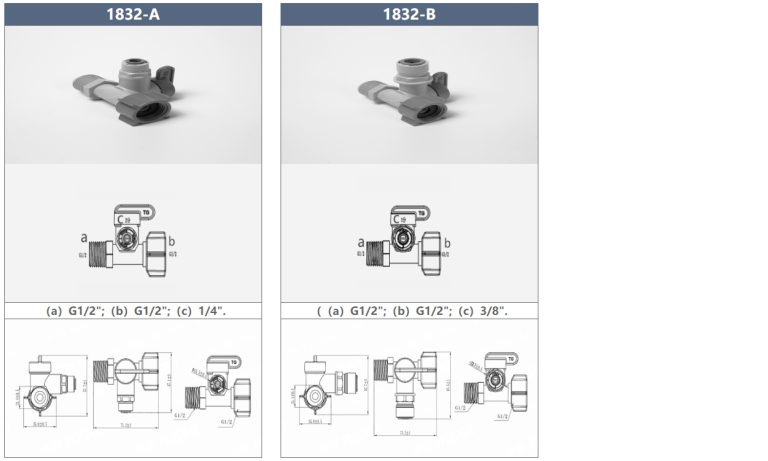“Ensuring aquatic life thrives with accurate dissolved oxygen measurements.”
Importance of Measuring Dissolved Oxygen in Water
Dissolved oxygen is a critical parameter in water quality assessment, as it directly impacts the health of aquatic ecosystems. Measuring dissolved oxygen levels in water is essential for understanding the overall health of a body of water and the organisms that inhabit it. In this article, we will explore the importance of measuring dissolved oxygen in water and why it is crucial for environmental monitoring and management.
One of the primary reasons for measuring dissolved oxygen in water is to assess the overall health of aquatic ecosystems. Dissolved oxygen is essential for the survival of aquatic organisms, as they rely on it for respiration. Low levels of dissolved oxygen can lead to stress or even death in fish and other aquatic organisms. By monitoring dissolved oxygen levels, scientists and environmental managers can identify areas of concern and take appropriate actions to improve water quality.
Measuring dissolved oxygen in water also provides valuable information about the biological and chemical processes occurring in a body of water. For example, low levels of dissolved oxygen may indicate excessive nutrient pollution, which can lead to algal blooms and oxygen depletion. By monitoring dissolved oxygen levels, researchers can track changes in water quality over time and identify potential sources of pollution.
In addition to assessing water quality, measuring dissolved oxygen is also important for understanding the impact of human activities on aquatic ecosystems. Pollution from industrial discharges, agricultural runoff, and urban development can all contribute to low levels of dissolved oxygen in water. By monitoring dissolved oxygen levels, environmental managers can identify sources of pollution and develop strategies to mitigate their impact on aquatic ecosystems.
Measuring dissolved oxygen in water is also crucial for assessing the effectiveness of water quality management strategies. By monitoring dissolved oxygen levels before and after implementing pollution control measures, environmental managers can determine whether these measures are having a positive impact on water quality. This information is essential for making informed decisions about future management actions and ensuring the long-term health of aquatic ecosystems.

Overall, measuring dissolved oxygen in water is essential for understanding the health of aquatic ecosystems, identifying sources of pollution, and assessing the effectiveness of water quality management strategies. By monitoring dissolved oxygen levels, scientists and environmental managers can make informed decisions about how to protect and preserve our water resources for future generations.







